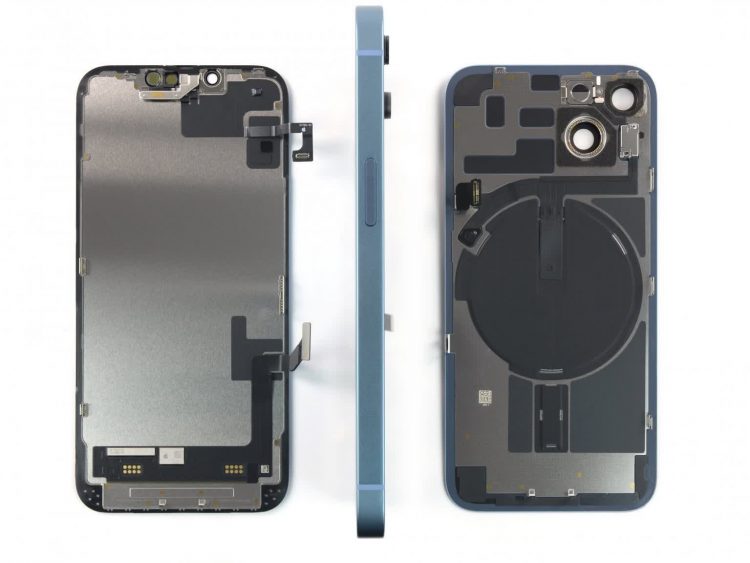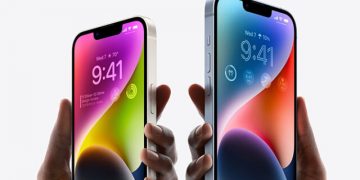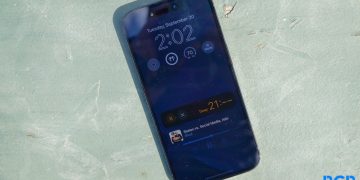Bottom line: Apple has probably made one of its most significant iPhone repairability strides yet. Cupertino engineers may have used the standard iPhone 14 to test the self-repair waters. While the phone doesn’t have many upgrades over last year’s model, it does have an internal design that makes it quite different, as iFixit discovered.
After launching last Friday, the gurus at iFixit didn’t waste any time tearing down the iPhone 14. While Apple did not change much in the handset’s aesthetics, the interior design is much more repair-friendly. In fact, iFixit calls it the most repairable iPhone in years.
“Apple has completely redesigned the internals of the iPhone 14 to make it easier to repair,” said iFixit founder Kyle Wiens. “It is not at all visible from the outside, but this is a big deal. It’s the most significant design change to the iPhone in a long time.”
The big news is the back glass is easily removable now. Apple’s switch to glass rear plates, starting with the iPhone 8, was to accommodate wireless charging. Unfortunately, repairing that panel is an expensive $600 pain in the backside (pun intended).
Taking off the rear panel of the iPhone 14 is a cinch comparatively. Two screws and a single connector at the bottom of the frame hold the glass in place. A mild adhesive reinforces the assembly. The glue is much “less aggressive” than what Apple uses on other models. A heating mat, suction handle, and opening picks were all iFixit needed to lift off the back.
“The best feature of the iPhone 14 is one that Apple didn’t tell you about. Forget satellite SOS and the larger camera, the headline is this: Apple has completely redesigned the internals of the iPhone 14 to make it easier to repair.”
The same screws that secure the back also hold in the display. So both the front and back can fold out from the new metal midframe like “a beautiful butterfly.” The midframe also makes iPhone 14 more shock-resistant since the inner frame and battery take the brunt of the force rather than the glass.
Unfortunately, Apple only included this “secret redesign” in the standard iPhone 14. The iPhone Pro and Pro Max have the same internal architecture as previous models. Wiens said that if you want an iPhone that “really lasts,” the standard iPhone 14 is your best bet.
Oddly, Apple failed to mention this new design aspect in its keynote. After all, the iPhone 14 doesn’t have a lot of bragging points. It is not even an incremental upgrade to the iPhone 13.
“The iPhone 13, which came out a year ago and Apple is still selling, is nearly identical to the 14,” a review from The Verge points out, adding that it should have been called the “iPhone 13S.”
Apple’s marketing team dropped the ball by not playing up the internal changes and hyping the iPhone 14’s much more repair-friendly design. However, it could be that Apple is still not ready to take a full leap into the DIY repair scene.
While it has made significant moves to enable self and non-Apple repairs, with product manuals and repair kits available to anyone, it doesn’t seem ready to let it go entirely. For example, even though replacing the back glass is easier, iOS will nag you to “activate” the panel.
“Why in the world would you need permission to install a sheet of glass?” iFixit said in its teardown video (masthead). “Using software to prevent the replacement of components with aftermarket parts gets a big thumbs down from us.”
This continued anti-self-repair attitude held the iPhone 14 back from getting a higher iFixit repairability score. That said, it still ranked 7/10, the highest it has given the brand since the iPhone 7.
Image credit: iFixit
Source by www.techspot.com




























